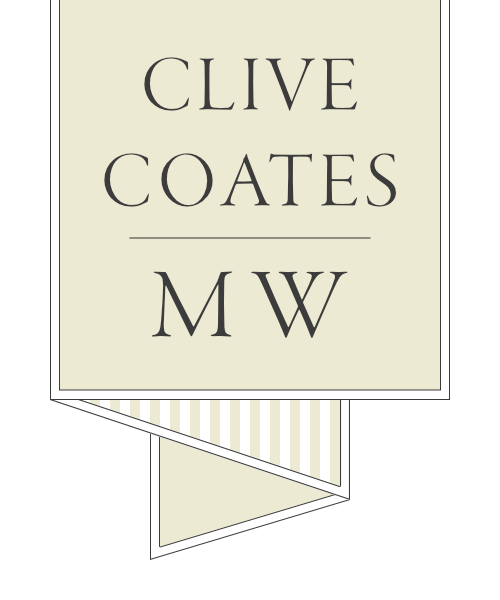BOOK REVIEW
Review – The Original Grands Crus Of Burgundy
By CHARLES CURTIS MW
WineAlpha, 322 West 57th St., Suite 17H, New York 10019
pp 257 $19.95
Compared with Bordeaux, Burgundy has been meagrely served by historians. On the one hand we have successive editions of Cocks et Féret, preceded by the works of William Franck and others, detailing the respective merits of the top estates, accompanied by a brief history – largely produced by the châteaux themselves - which show us on a regular basis how Bordeaux has evolved since virtually the properties' creation. Moreover, some of the Cocks et Féret editions were translated into English.
As far as Burgundy is concerned we have, apart from those written more recently, but seven major books scattered at intervals over the two centuries since 1728 (Claude Arnoux). None is available in English. After Arnoux there are the Abbé Coutépée (1778), André Jullien (1816), Dr. Morelot (1831), Dr. Lavalle (1855), Danguy et Aubertin (1892) and Rodier (1920). Some of us may have some or all of these in our bookshelves. Where Charles Curtis has done a great service to us all is to translate and compare what all these authorities have had to say. The result is fascinating. This is a major addition to the Wine Library.
Of course Burgundy is about land rather than – historically – ownership. Prior to the French Revolution the ultimate possession of a climat, grand cru or not, lay in the hands of the Church or the King and the aristocracy. The Prince de Conti reserved all his Romanée-Conti wine for himself, so for a few decades it was La Tache which was the best Burgundy on the market. Three cuvées of Clos de Vougeot, so some would have it, were produced from the top, the middle and the bottom. That from the upper slopes was reserved by the Cistercian monks for Popes, Kings and a few other lucky mortals who managed to get themselves invited. Only the wine that came from down by the road was sold on the open market, but that was still reckoned very good indeed.
Of course it was not the aristocracy or even in most cases the Church who did all the hard work in the vineyard and in the cellar. Burgundy was largely share-cropped, even before the Revolution. And so, largely divided into peasant-sized morsels. It was already fragmented. Subsequently, driven by the abolition of primogeniture, the process accelerated, producing the situation we have today, where there are 16 owners in the just under 8 hectares of Le Montrachet, and 21 in Chambertin (just under 13 hectares), and only a precious few monopolies. Charles Curtis, where his sources provide the information – as they do from Lavalle onwards – lists the main owners (and by that I think we should note exploitants) in each climat, but only in very few cases such as Nuits Saint Georges are we given any idea of the size of parcel each is in charge of. It is interesting to note now many growers are listed in each vineyard, even as early as 1855, and how much they change from author to author over the years. What is also of note is that in the 19th century there were quite a lot fewer monopolies than today.
Of course, the vast quantity of Burgundy was not, in those days, domaine bottled. Even as late as 1980, apart from a few, the wine was bought up and, where necessary, blended, by the merchants. This makes the naming of the owners even more of an irrelevance.
What is telling in Charles Curtis' book is not any dissension. Quite the opposite. Any disagreement between these authorities of the relative standing of each vineyard is minor. What becomes more and more clear is the extent to which opinion has not altered over (if we extrapolate to the present day) the last three centuries, especially if we take into consideration the huge vinicultural and viticultural changes over this period. Arnoux extolls Clos de Vougeot, Chambertin and Le Montrachet even if he ignores Vosne. His successors leave little or anything which would be controversial today. Did I hear someone say something about terroir?
Warm-hearted congratulations to Charles Curtis. A splendid book!

